STEM Education

RODNI _ A NEW WAY OF INTERESTING YOUNG PEOPLE IN STEM SUBJECTS
An exciting project for STEM education. STEM stands for Science, Technology, Engineering and Mathematics.
This project enthuses young students Year 5 to Year 9 (9-13 years) about the world of programming and micro controllers and shows them that it is both interesting and accessible.
It is a modular programme built around the Arduino and is designed to deliver quick success whatever the level of the student. The pieces allow for wide creativity and demonstrate that coding is not just for nerds but is fascinating and useful for everyone.
The objective is to excite young students about the possibilities that these inexpensive micro-controllers bring and encourage them to start exploring them on their own, increasing their interest in science and technology as a career choice.
The Rodni project has been developed in association with STEM Team East, an education charity that promotes STEM in schools. More information on STEM Team East can be found at http://www.stemteameast.org.uk
An exciting project for STEM education. STEM stands for Science, Technology, Engineering and Mathematics.
This project enthuses young students Year 5 to Year 9 (9-13 years) about the world of programming and micro controllers and shows them that it is both interesting and accessible.
It is a modular programme built around the Arduino and is designed to deliver quick success whatever the level of the student. The pieces allow for wide creativity and demonstrate that coding is not just for nerds but is fascinating and useful for everyone.
The objective is to excite young students about the possibilities that these inexpensive micro-controllers bring and encourage them to start exploring them on their own, increasing their interest in science and technology as a career choice.
The Rodni project has been developed in association with STEM Team East, an education charity that promotes STEM in schools. More information on STEM Team East can be found at http://www.stemteameast.org.uk
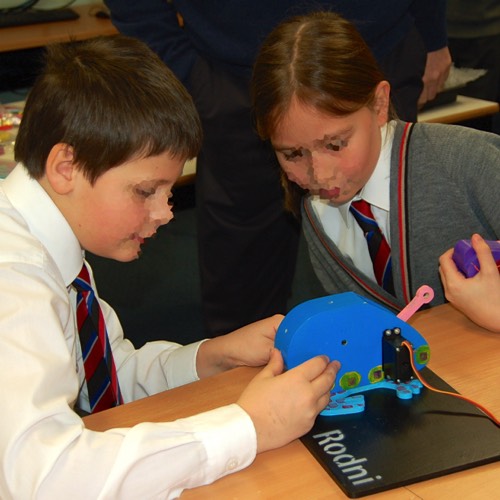
EVIDENCE BASED
Even a short Rodni class improves pupil's attitudes towards coding.
Graph below shows the results of a study of 304 pupils from 14 schools. An improvement of 51% in the number of pupils marking 7-10 is significant to 99%.
Download the full report
Even a short Rodni class improves pupil's attitudes towards coding.
Graph below shows the results of a study of 304 pupils from 14 schools. An improvement of 51% in the number of pupils marking 7-10 is significant to 99%.
Download the full report
How much fun do you think writing software would be?
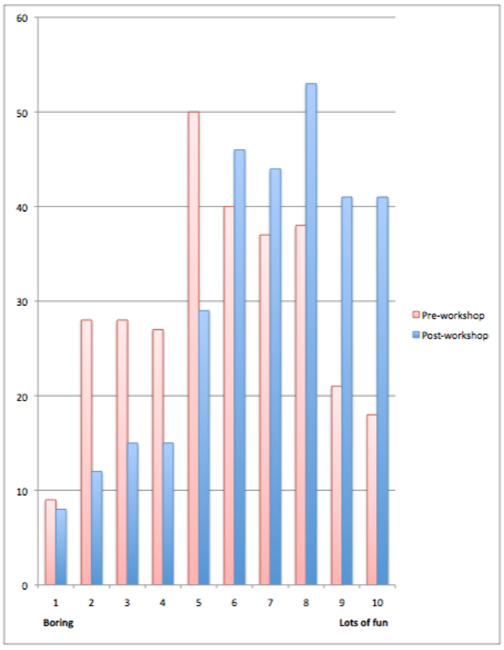
STIMULATES CREATIVITY AND EXCITEMENT
A Class Set of Rodni parts contains enough pieces to make millions os configurations of Rodni. Everyone is different. Pupils engage with the creature that they create and this makes the programming exercises more focussed and interesting. The customisation possibilities holds pupils attention if progress is paused to allow pupils to catch up.
A Class Set of Rodni parts contains enough pieces to make millions os configurations of Rodni. Everyone is different. Pupils engage with the creature that they create and this makes the programming exercises more focussed and interesting. The customisation possibilities holds pupils attention if progress is paused to allow pupils to catch up.
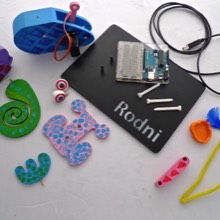
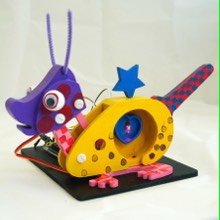
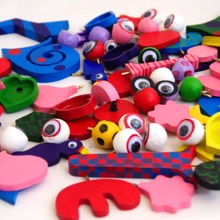
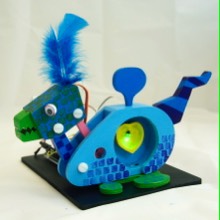
COMPACT AND CONVENIENT IN THE CLASSROOM
Rodni is built on a baseboard that has room to support an Arduino and breadboard so the project is compact and can be easily moved. Very little desk space is required.
The only other equipment that schools need are laptops or desktops. All operating systems are supported.
The only power needed is taken from the computer USB port. It is also possible to use a battery to show the animatronic animal working, once programmed, without need for a computer.
Rodni is built on a baseboard that has room to support an Arduino and breadboard so the project is compact and can be easily moved. Very little desk space is required.
The only other equipment that schools need are laptops or desktops. All operating systems are supported.
The only power needed is taken from the computer USB port. It is also possible to use a battery to show the animatronic animal working, once programmed, without need for a computer.
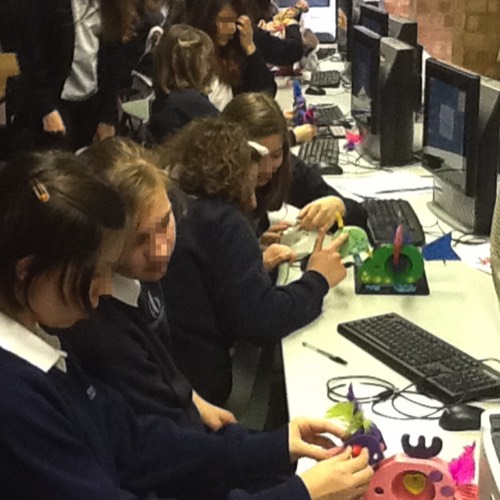
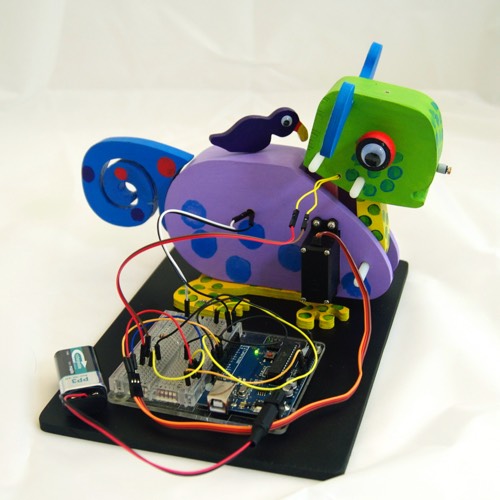

FULL SUPPORT FOR TEACHERS AND CLASS LEADERS
Rodni comes with a fully illustrated instruction book, a teacher presentation slide show for leading the class and a trouble shooting guide to get students started on this exciting adventure. They can be downloaded free of charge in the STEM Shop.
Design and Technology extensions
The picture below shows a Rodni that a pupil at Swavesey Village college has designed is making in D&T. She is very motivated to finish it and start learning to programme its actions. Swavesey Village College has taken Rodni on as a major D&T project.
Chesterton Community College are running girls and boys robotics clubs using Rodni as a base. They have purchased some sets and are now also creating their own. They have recently purchased a CNC router for the project.
BOOK a RODNI session
Rodni workshops are available in the UK. Up to half a day costs £275 all inclusive. This could be up to 2x 2 hour classes or 4x 1 hour classes. All equipment is provided. It is helpful if the school has its own computers. Bookings can be made direct or in Cambridgeshire and Bedfordshire through STEM Team East.
Rodni workshops are available in the UK. Up to half a day costs £275 all inclusive. This could be up to 2x 2 hour classes or 4x 1 hour classes. All equipment is provided. It is helpful if the school has its own computers. Bookings can be made direct or in Cambridgeshire and Bedfordshire through STEM Team East.
RODNI FEATURES
PROGRAMMING CAPABILITIES
Rodni is supported by a guide book, made in an easy access comic book style and a teacher presentation slide set.
Instruction is given on basic programming and then the student is challenged to customise the action.
For instance:
Rodni teaches pupils enough of the basics to get them up and running with their own projects.
The impact of the Rodni project has been confirmed in a pre and post workshop survey of pupil's attitude to programming in a study of 304 pupils at 14 state and private schools.
Rodni is offered to schools in the UK as a guided workshop. 12 Rodnis are provided, together with a project leader. The school needs to provide sufficient PCs. A maximum of 3 students per PC is recommended. The project is targeted at school years 5 to 9.
Rodni kits and accessories are also available now for purchase. The project fits well into D&T classes.
I am seeking sponsors for this project.
- Plug in body parts to stimulate creativity.
- Simple electronics to aid understanding.
- No soldering required.
- One sensor, one LED and one servo to keep it simple.
- Can be powered from a PC USB port. No need for separate power supplies.
- Can be powered from a 9v battery making it portable.
- Potential for schools to create their own parts - extending the project into Design and Technology.
- Appealing interactivity can be programmed despite simple set up.
- Sense of achievement can be attained at all levels.
PROGRAMMING CAPABILITIES
Rodni is supported by a guide book, made in an easy access comic book style and a teacher presentation slide set.
Instruction is given on basic programming and then the student is challenged to customise the action.
For instance:
- Guidance is given on how to make the LED flash, then the student is challenged to make the heart "beat"
- Guidance is given on how to make the servo (head) move then the student is challenged to make it perform a sequence.
- Guidance is given on how to read the light sensitive resistor and how to use this to make the Rodni react to stimulus. The student is then challenged to make Rodni interactive. Further animation is also possible.
Rodni teaches pupils enough of the basics to get them up and running with their own projects.
The impact of the Rodni project has been confirmed in a pre and post workshop survey of pupil's attitude to programming in a study of 304 pupils at 14 state and private schools.
Rodni is offered to schools in the UK as a guided workshop. 12 Rodnis are provided, together with a project leader. The school needs to provide sufficient PCs. A maximum of 3 students per PC is recommended. The project is targeted at school years 5 to 9.
Rodni kits and accessories are also available now for purchase. The project fits well into D&T classes.
I am seeking sponsors for this project.
VIDEO SHOWING SOME OF THE POSSIBILITIES WITH RODNI
ADVANCED PROGRAMMING - Rodni Display Team
7 Rodnis networked with i2c. This was created for the Newcastle Maker Faire 2013 to demonstrate some of the capabilities of Rodni. i2c networks are fairly easy to set up, using only 2 pins per Arduino and are a good way of introducing a team effort into more advanced Rodni exercises.
7 Rodnis networked with i2c. This was created for the Newcastle Maker Faire 2013 to demonstrate some of the capabilities of Rodni. i2c networks are fairly easy to set up, using only 2 pins per Arduino and are a good way of introducing a team effort into more advanced Rodni exercises.
STEM resources can be found on the Resources page.